7 telltale signs you have mice in your home
These are common signs to look out for in your property
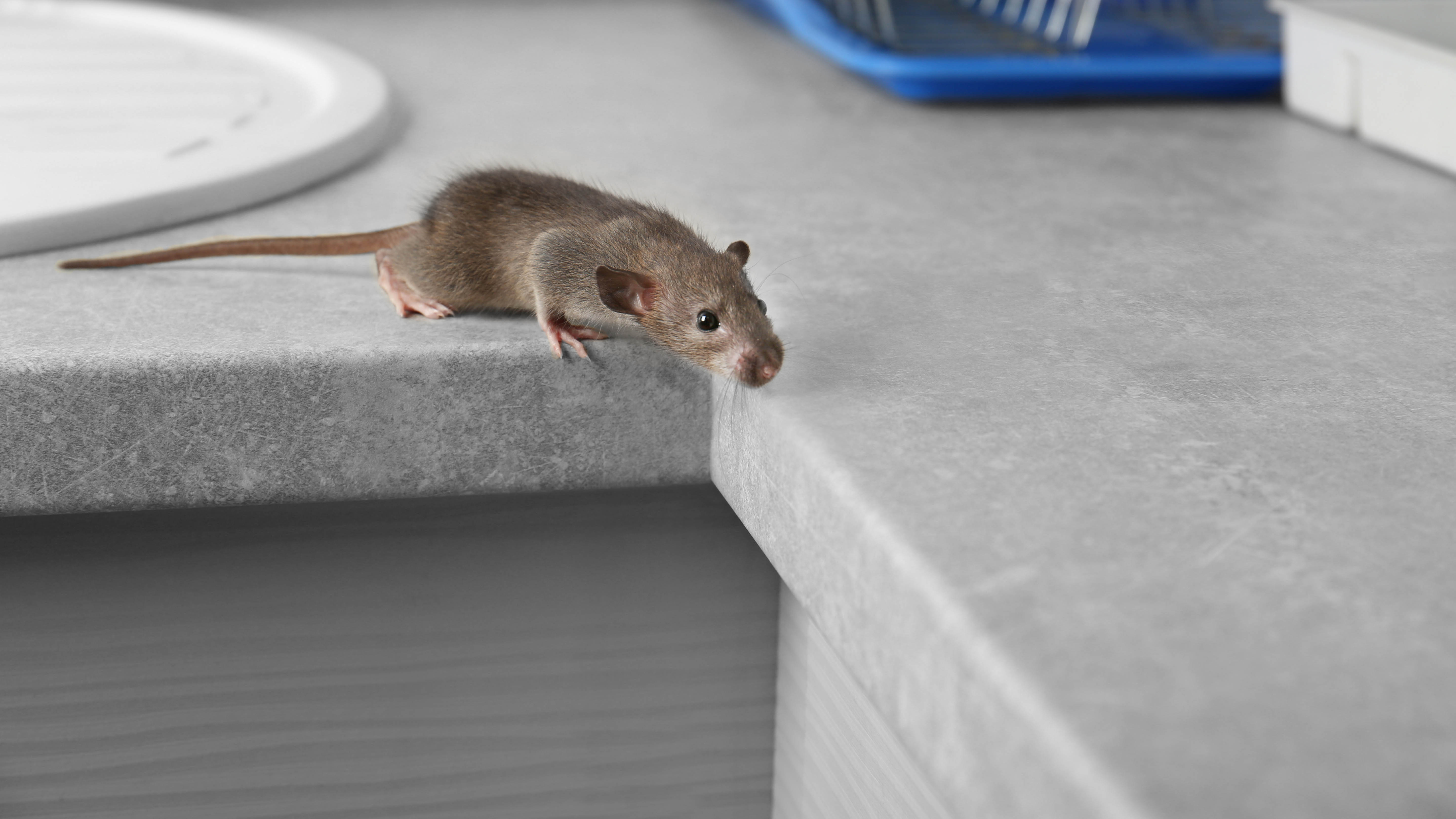
Nobody likes the thought of having a mouse infestation, and learning how to get rid of mice can often be unnerving. Not only can mice be a nuisance and destructive, but rodents are known to carry a host of diseases or trigger allergies that can put your family's health at risk.
But how do you know if you have mice in your home? According to experts, even if you haven’t spotted a mouse (yet!), there are certain telltale signs that indicate whether there is pest activity.
Spotting these signs will also indicate any problem areas where mice might be entering. In which case, you’ll need to block all points of entry. These could include holes or gaps in brickwork, baseboards, around pipes and vent openings.In fact, small gaps are one of the 7 things that are attracting pests to your home.
So, before you call in pest control, here are the 7 telltale signs you have mice in your home.
Just avoid these 5 things not to do when repelling pests, according to experts. We've also found 7 telltale signs of bed bugs in your home and 7 telltale signs of roaches.
1. Mouse droppings
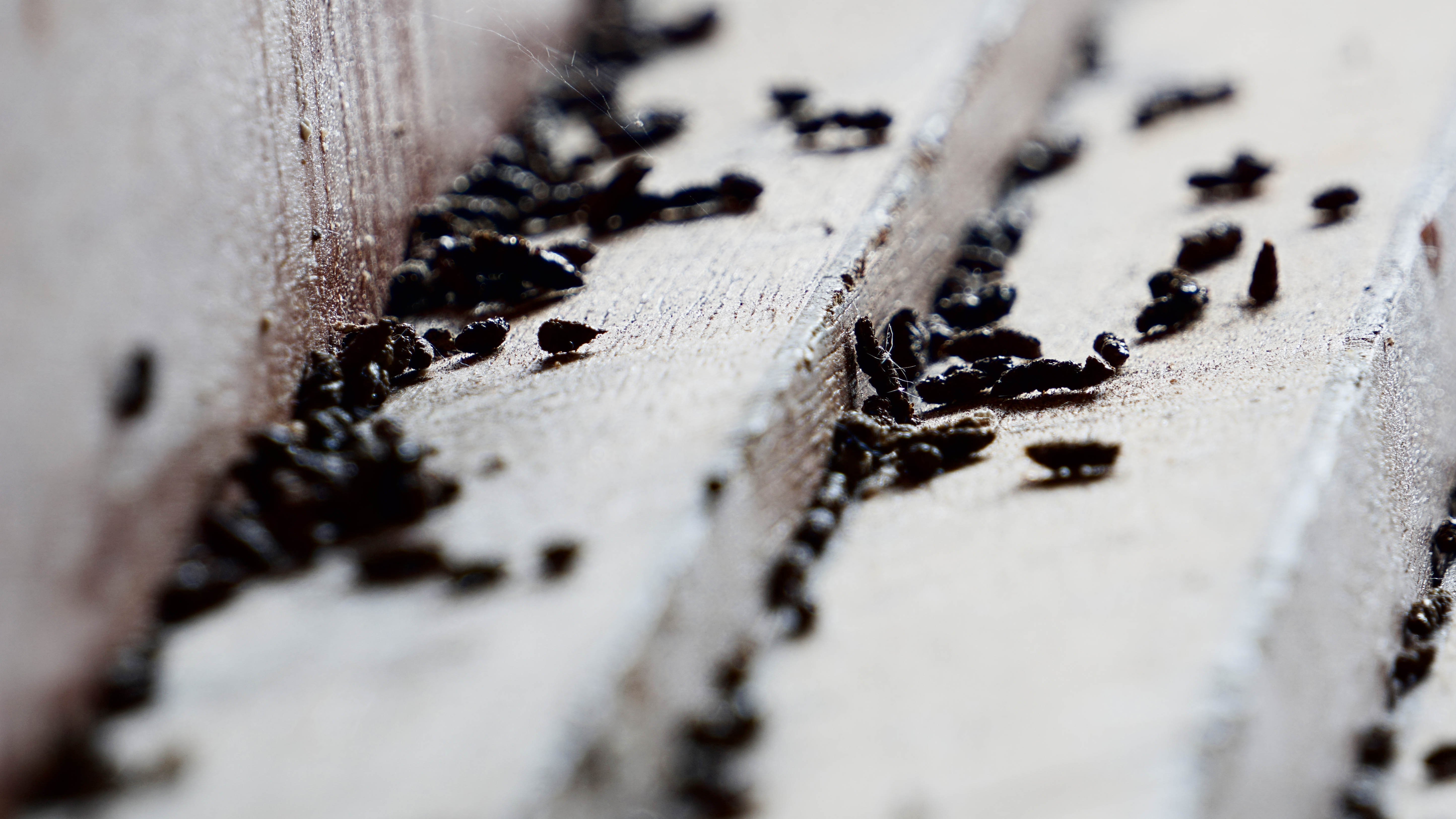
Droppings of mouse faeces are a common telltale sign of mice activity. Typically, droppings are small, dark, cylindrical in shape, and about ¼ inch long. In most cases, these resemble small grains of rice when dried, and are often mistaken for roach droppings.
If you’re dealing with an infestation, you might see 50 to 80 mouse droppings each time! Mouse droppings are usually found in common ‘nesting’ areas including pantry shelves, high cupboards, small corners of a room or behind cabinets.
Get instant access to breaking news, the hottest reviews, great deals and helpful tips.
Always wear protective gloves when disposing of mouse droppings into sealed, plastic bags. Then wipe down and sterilize areas clean, remembering to store foods properly in airtight containers.
2. Mouse urine/urine pillars

In addition, mice urinate constantly, so look out for small puddles or stains closer to their nesting areas. Mouse urine is usually mixed with dust, and other grime to form dry, yellowish marks or stains.
Where there is a lot of mice activity, these will create small mounds known as urine pillars. Again, discard any stained materials (such as tablecloths), and deep clean all surfaces.
3. Tracks or grease marks

Similarly, if you notice regular, dirty smudges along walls that follow the same path, this is another sign of mice activity.
Generally, mice have poor vision, and tend to navigate their way around the home along walls or baseboards. As a result, dirt, dust and grease from their fur will rub off on your pristine surfaces to create visible tracks. What’s more, if a marking wipes off easily, this indicates that a mouse has visited recently!
4. Foul odor

Since mice frequently urinate, you may notice a strong, ammonia-like smell in certain areas. This is often used to mark their territory, where mice frequently travel.
This stale odor can be more noticeable in enclosed areas such as inside cupboards, pantries, drawers, and even in attics. It may also be more potent along baseboards and walls where mice run their fur along. What’s more, the stronger the smell, the more likely that you have an infestation on your hands!
Besides cleaning all surfaces, you can try to get rid of the bad smell with a few drops of essential oil mixed with water. Citrus essential oils such as Brooklyn Botany Sweet Orange Essential Oil ($9, Amazon), are also known to naturally repel rodent
5. Scratching or scraping noises
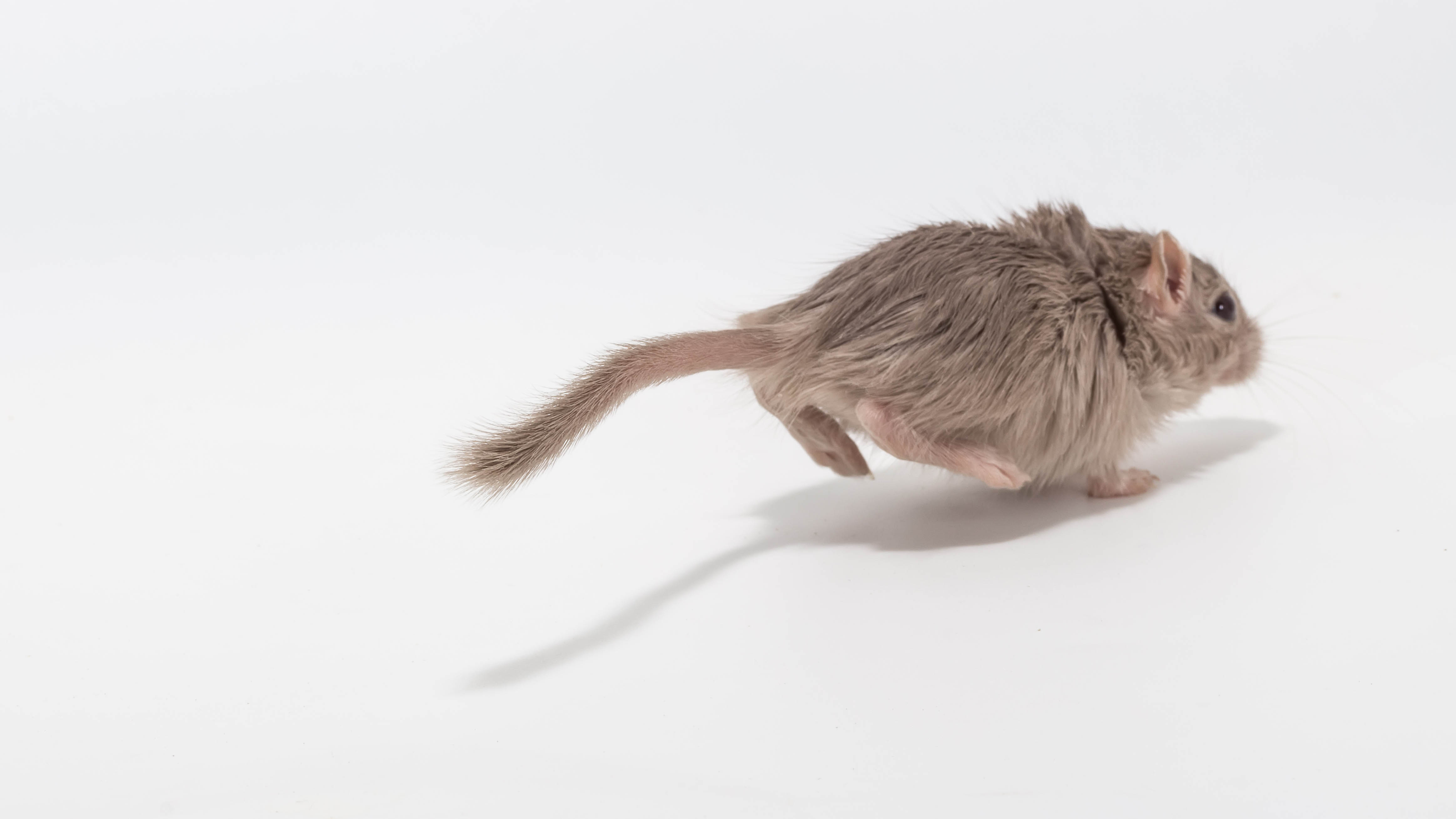
Even if you haven’t spotted any visible signs of mice, you might still hear them. Scratching or scrambling noises are another telltale sign of mice activity — indicating chewing or scratching through wood and drywall. Plus, mice are constantly chewing, so this could indicate gnawing. This is to create a path for themselves to scurry along, and usually common at night when they go out in search of food.
Listen out for different noises like scratching and steps coming from inside the wall cavity, under floorboards or around cabinets, or attics. This is a sure sign you have mice in your home.
6. Gnaw or chew marks
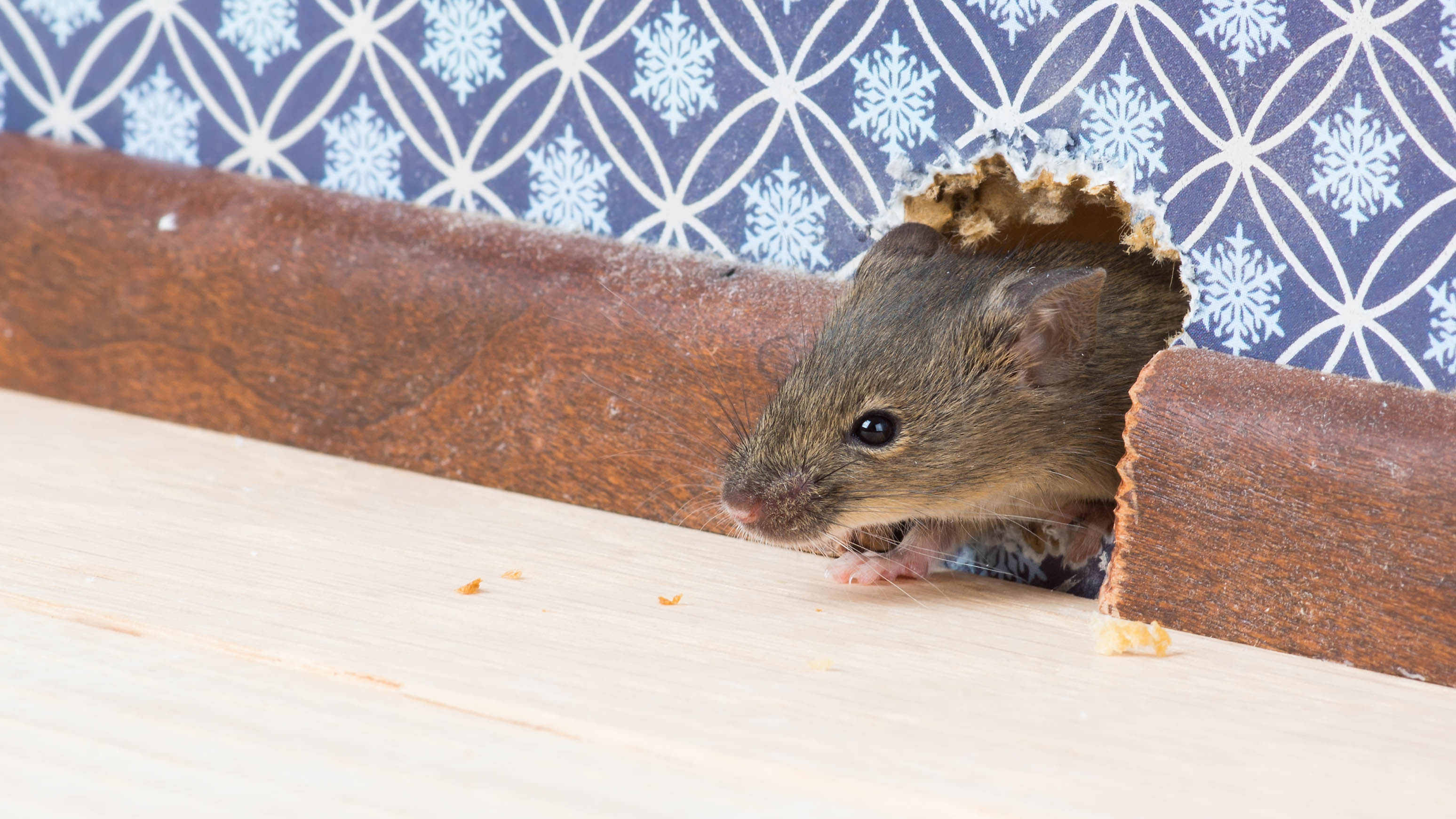
Mice love to chew their way around, and another common sign is if you spot holes or gnaw marks on food packages, walls or baseboards, wires or furniture.
In addition, mice will often chew small holes in the bottom of drawers, cabinets, and couches and fill the holes with shredded material. The trouble is, mice could cause damage to your home if not dealt with. Similarly, look out for damage to food containers or packaging, as they can easily chew through cardboard boxes to get to their food supply.
If there is an infestation and increased damage in your home, always call in the professionals to best handle the situation.
7. Evidence of nests or burrows
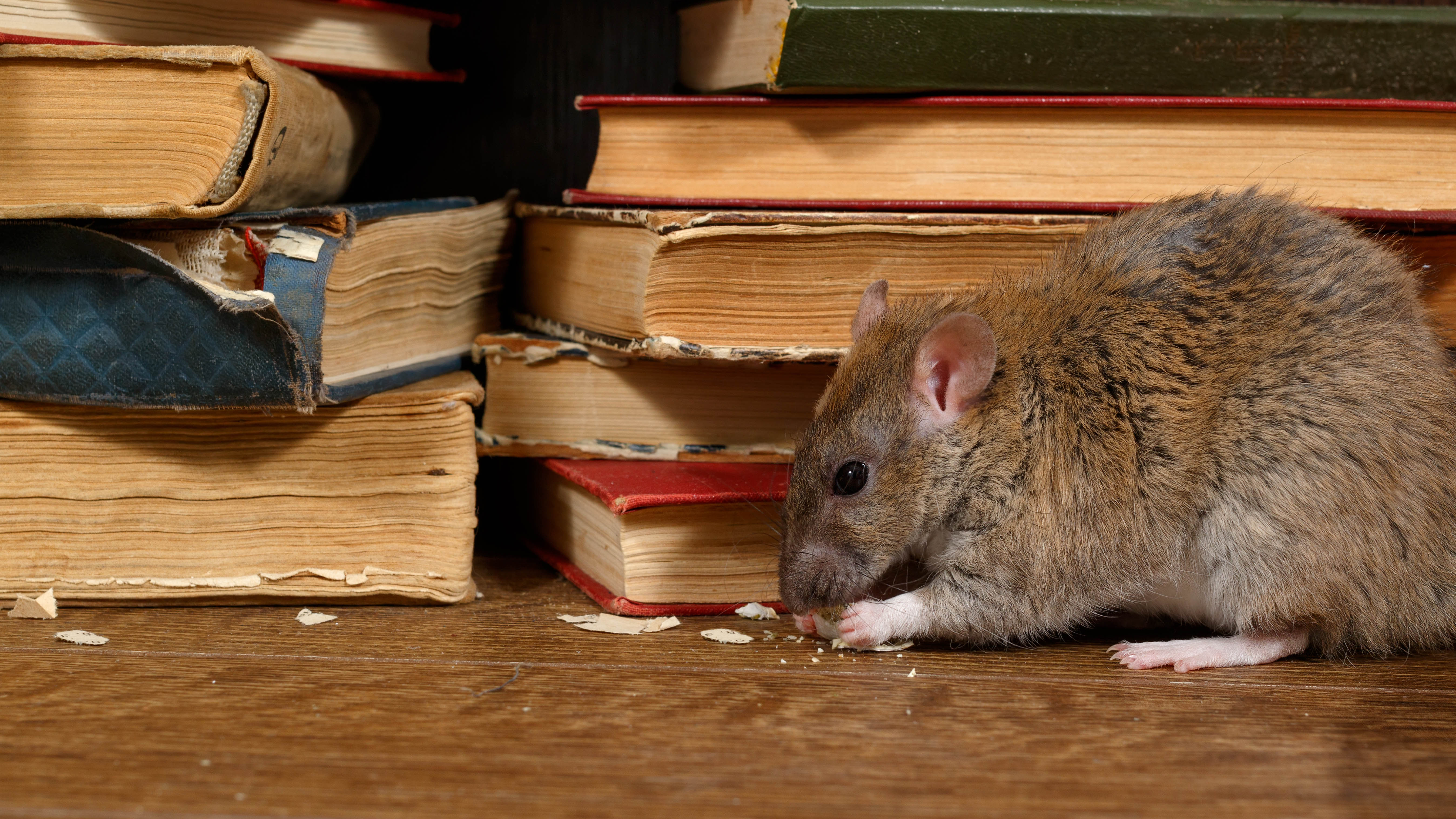
Mice are often in search of food and shelter, so will create nests in certain areas. Mouse nests usually resemble shredded piles of materials like paper, collections of wood chips, pellets or generally a pile of junk. Basically, anything that provides warmth and cosy shelter.
Go around your property, and look out for potential nesting locations, such as cabinets, the inside of walls, behind electrical appliances and suspended ceilings. In addition, never leave piles of newspapers, magazines or books lying around. These are the perfect materials for mice to gnaw at and shred for their nests. Always declutter messy spaces wherever possible to reduce the risk.
After a mouse has established a nesting area, it’s challenging to remove them. So it’s always a good idea to call in pest control experts to deal with the problem.
Where do mice hide during the day?
If you’re wondering why you rarely spot mice during the day, it’s because they sleep hidden away in their nests. These are generally made of soft materials such as shredded paper, cardboard, insulation, or cotton. Mice usually build their nests in undisturbed, enclosed spaces, including unused drawers. So always clear out any unused and cluttered storage spaces.
More from Tom's Guide
- Try one of these 7 plants to repel mice and rats
- Here's how to get rid of roaches quickly
- And here's how to get rid of moles without hurting them

As the Homes Content Editor, Cynthia Lawrence covers all things homes, interior decorating, and garden-related. She has a wealth of editorial experience testing the latest, ‘must-have’ home appliances, writing buying guides and the handy ‘how to’ features.
Her work has been published in various titles including, T3, Top Ten Reviews, Ideal Home, Real Homes, Livingetc. and House Beautiful, amongst many.
With a rather unhealthy obsession for all things homes and interiors, she also has an interior design blog for style inspiration and savvy storage solutions (get rid of that clutter!). When she’s not testing cool products, she’ll be searching online for more decor ideas to spruce up her family home or looking for a great bargain!
